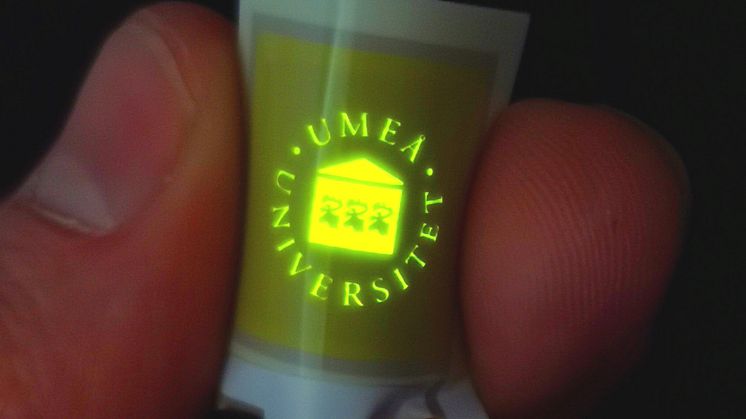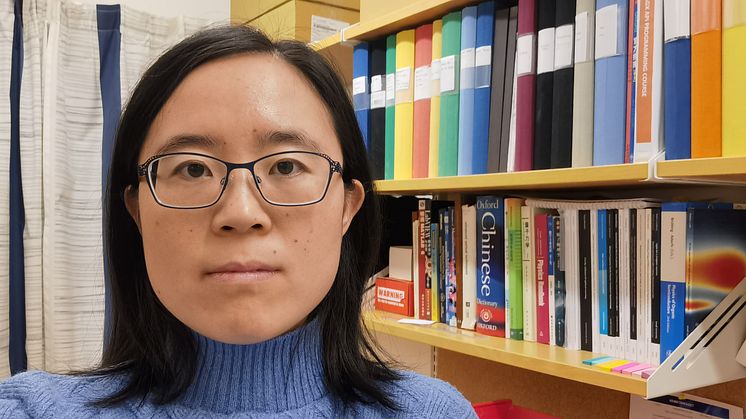
Press release -
New understanding of energy losses in emerging light source
Umeå University has achieved a breakthrough in the development of next-generation light sources with a new method for understanding and measuring efficiency losses in the emerging light-emitting technology known as LEC.
The light-emitting electrochemical cell (LEC) can be fabricated in a sustainable and cost-effective way on both rigid and flexible surfaces making it suitable for a broad range of applications, like illumination, healthcare, and signage. Despite its potential, this technology faces a significant challenge: a decrease in emission efficiency at higher electrical currents, a phenomenon known as "efficiency roll-off".
A research team at Umeå University has now developed a method to identify and quantify the primary factors contributing to the LEC efficiency.
“This insight will help us to reduce efficiency loss, allowing us to design and develop LEC devices that deliver bright emission at high efficiency,” says Xiaoying Zhang, a doctoral student at the Department of Physics at Umeå University, and one of the authors of the scientific study that was recently published in the journal Advanced Materials.
The breakthrough revolves around a detailed understanding and quantification of the internal so-called quenching processes, where collisions between particles in the device lead to energy loss in the form of decreased light production.
“Think of a box with two kinds of tiny balls bouncing around: one kind can glow, and the other kind can't. If a glowing ball bumps into another ball, it stops glowing, and the light is lost. We found that it is specifically the bumping between glowing and non-glowing balls that is the main reason why our devices lose efficiency”, says Xiaoying Zhang.
“This loss mechanism is called “exciton-polaron quenching” and we found that more than half of the light is lost in this way”, Xiaoying continues. The findings of this study therefore imply that developing materials, device designs and operation protocols that reduce the impact of this loss mechanism is a feasible path towards brighter and more efficient LECs.
About the scientific article
Xiaoying Zhang, Joan Ràfols-Ribé, Jonas Mindemark, Shi Tang, Mattias Lindh, Eduardo Gracia-Espino, Christian Larsen, Ludvig Edman. Efficiency roll-off in light-emitting electrochemical cells, Advanced Materials, 2024. DOI: 10.1002/adma.202310156
Read the full article: https://onlinelibrary.wiley.com/doi/10.1002/adma.202310156
For more information, please contact:
Xiaoying Zhang, doctoral student at the Department of Physics, Umeå University
Email: xiaoying.zhang@umu.se
Topics
Categories
Umeå University
Umeå University is one of Sweden’s largest institutions of higher education with over 37,000 students and 4,300 faculty and staff. The university is home to a wide range of high-quality education programmes and world-class research in a number of fields. Umeå University was also where the revolutionary gene-editing tool CRISPR-Cas9 was discovered that has been awarded the Nobel Prize in Chemistry.
At Umeå University, distances are short. The university's unified campus encourages academic meetings, an exchange of ideas and interdisciplinary co-operation, and promotes a dynamic and open culture in which students and staff rejoice in the success of others.



